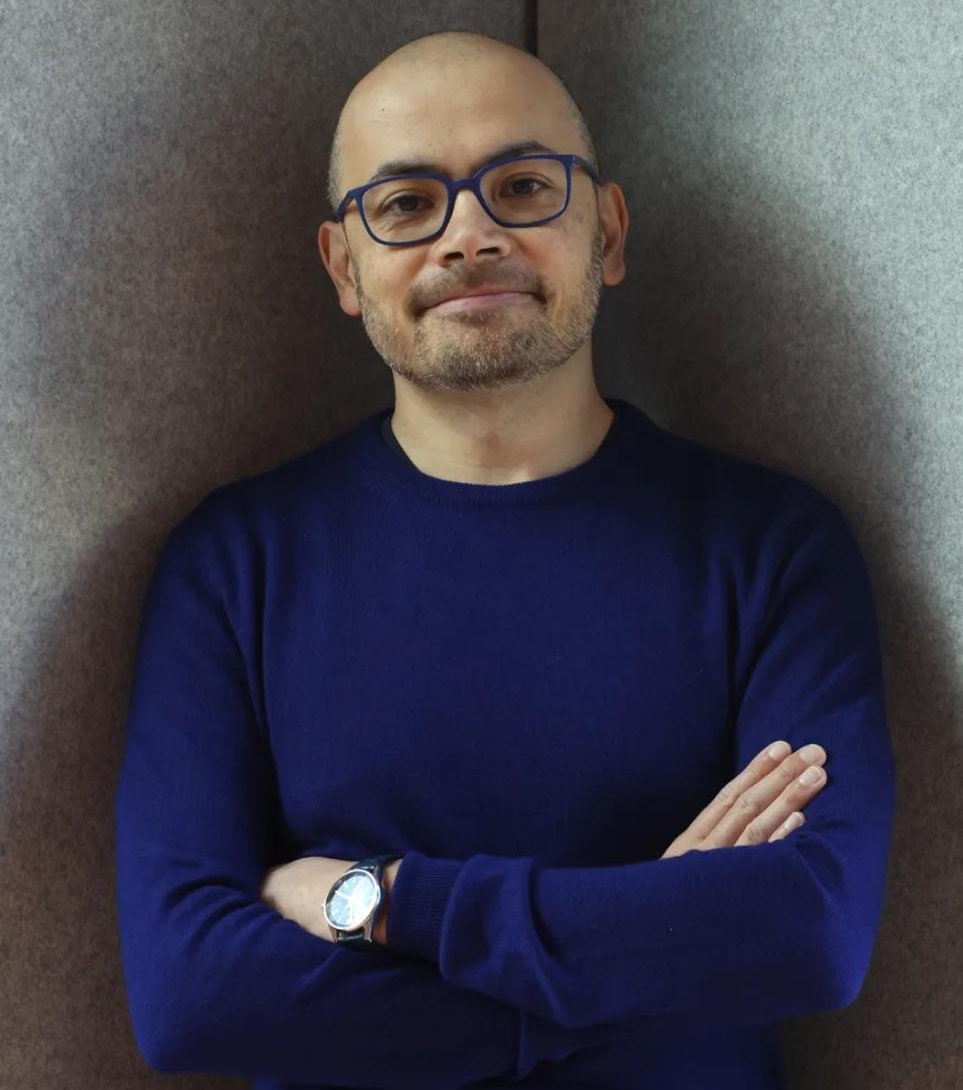The Man Teaching Intelligence to Think
There comes a moment in the history of every species when knowledge stops being merely observed — and begins to be recreated. For humanity, that moment may be now. And at its center stands a man who taught machines to win, to imagine, and perhaps soon, to think: Sir Demis Hassabis.
TODAY'S HEADLINER
Charlotte Madeleine CASTELLI
10/14/20252 min read


In the early life of Demis Hassabis, nothing foreshadowed that on October 9th, 2024, he would be awarded the Nobel Prize in Chemistry. Raised in a bohemian household in North London, the son of a Singaporean mother devoted to music and a Greco-Cypriot father enamored with literature, Hassabis seemed destined for the humanities rather than the sciences. Yet, it was precisely at the confluence of intellect and imagination that his extraordinary path was forged. A prodigy of chess, captain of the English under-11 national team by the age of nine, and later a video game developer, Hassabis has always conceived intelligence as a language of form, a combinatorial play of rules and possibilities. At seventeen, he contributed to Theme Park, a game that simulated the complexity of living systems, where every character acted with an autonomy that suggested life itself. It was here that his vision crystallized: intelligence as form rather than formula. After earning a degree in computer science at Cambridge, he turned to cognitive neuroscience at University College London, studying memory and imagination as mirror processes: to remember is to create, to create is to remember.
From this tension between analysis and dream, DeepMind emerged in 2010, a laboratory poised to redefine the relationship between human thought and artificial intelligence. Together with Mustafa Suleyman and Shane Legg, Hassabis articulated a mission as philosophical as it was scientific: to “solve the mystery of intelligence.” This mission did not germinate in silicon alone, but within the mind itself, and through AlphaGo and AlphaFold — names that resonate as chapters of a single cosmic narrative — he translated the logic of play into the logic of life. AlphaGo, in 2016, defeated the world champion of Go, revealing that an algorithm could not merely calculate, but intuit. AlphaFold, two years later, predicted the three-dimensional structures of proteins, deciphering a biological grammar that scientists had sought to understand for decades. For this achievement, Hassabis was awarded the Nobel Prize in Chemistry: not for manipulating matter, but for understanding it through an act of computational imagination. His triumph is that of a hybrid mind, poised between knowledge and vision, precision and dream.
It is from this same matrix that Future’s research in the Silicon Valley of Heerlen arises, a post-industrial, pulsating European landscape where technology converges with the memory of materials, and art reasserts itself as a tool of cognition. Heerlen, like DeepMind, is not simply a location but a laboratory of intelligence, an ecosystem where algorithm and artwork, code and gesture, converse in the construction of a shared consciousness. Here, Future pursues the same questions that animate Hassabis: where does the human end and collective intelligence begin? Can art become chemistry, can chemistry itself be rendered as aesthetic language? The Silicon Valley of Heerlen presents a mental landscape where science is a poetic act, and the machine becomes a vessel for collective imagination, a space where the boundary between biological and digital dissolves.
Just as AlphaFold revealed the invisible structure of life, so does Future seek to render visible the architecture of contemporary thought, translating complexity into experience, formula into form, knowledge into narrative. In Hassabis’s legacy, from chessboard to protein, the direction of a new algorithmic humanism is revealed: a science that does not imitate but imagines, an art that does not represent but constructs worlds, a culture that fuses mathematical precision with the vertigo of invention. Within this horizon, Future recognizes its mission in Heerlen: to continue a silent exploration uniting mind and intelligence, matter and thought, restoring to technology its most authentic dimension — that of a shared, poetic act.
© Charlotte Madeleine Castelli — Chief Curator, Future — All Rights Reserved
